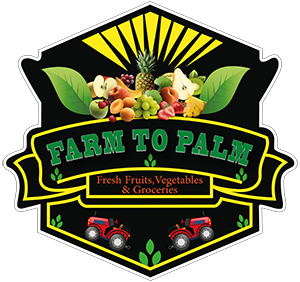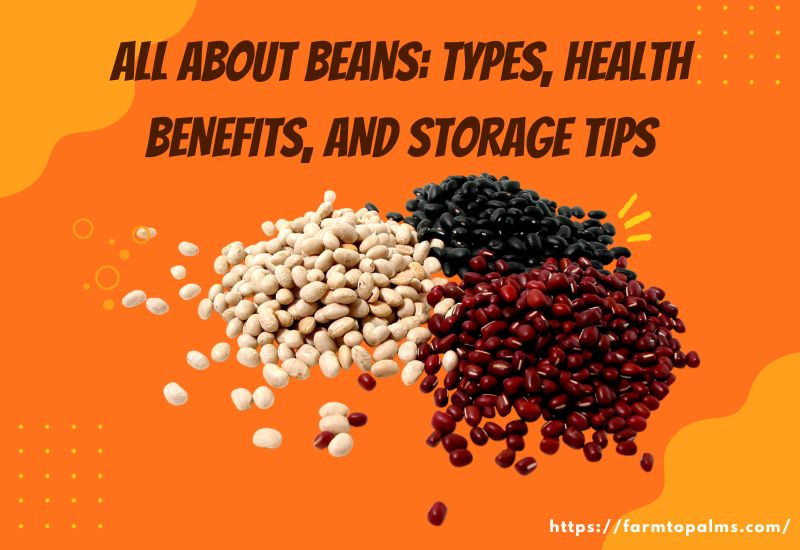Regardless of location, beans are essential for every home cook. They pair well with fresh seasonings and spices due to their mild flavor, and beans also offer nuts health benefits.
What Are Beans, Exactly?
Beans, peas, peanuts, and lentils belong to the legume family. They are the seeds of flowering plants in the Fabaceae family. Beans typically grow in pods and contain multiple beans inside.
Beans are a nutritious choice. They are fiber and B vitamins. They can help lower cholesterol and blood sugar levels. Additionally, they are a great source of protein, making them an excellent meat substitute. Another advantage of beans is that they are affordable.

Considering these benefits, incorporating beans into your diet is a wise decision. Beans are available in both canned and dry forms. Canned beans are convenient as they come fully cooked and only require reheating. However, some prefer dry beans because they believe the canning process can diminish their flavor. If you choose to use dry beans, it’s recommended to soak them overnight before cooking.
With numerous varieties of beans available, it can be overwhelming to know where to start. But don’t worry, we’ve got you covered! Read on for a list of different types of beans and how to cook with them.
Health benefits of beans

- Protein: Beans are a good source of protein, containing essential amino acids. They can be combined with other foods to create complete proteins.
- Folate: Beans are rich in folate, which is essential for overall health and preventing congenital disabilities.
- Antioxidants: Beans are high in polyphenols, which act as antioxidants to protect the body from diseases caused by free radicals.
- Heart Health: Regular consumption of beans may reduce the risk of heart disease and lower cholesterol levels.
- Cancer Prevention: Some studies suggest that beans have antioxidant and anti-inflammatory properties that can reduce the risk of certain types of cancer.
- Diabetes and Glucose Metabolism: Beans can help stabilize blood sugar levels and reduce the risk of type 2 diabetes.
- Fatty Liver Prevention: Including beans in the diet can improve liver health and prevent fatty liver disease.
- Appetite Control: The fiber and starches in beans can promote a feeling of fullness and help prevent overeating.
- Gut Health: Beans, particularly black beans, improve gut health by enhancing intestinal barrier function and increasing beneficial bacteria.
List of different types of beans
| Bean Type | Flavor | Texture | Uses |
|---|---|---|---|
| Black Beans | Mild and earthy | Dense and meaty | Soups, stews, salads, salsa, dips, and vegan burgers |
| Pinto Beans | Nutty and earthy | Soft and creamy | Refried beans, soups, stews, salads, casseroles, and dips |
| Chickpeas | Nutty and earthy | Firm and grainy | Hummus, falafel, curries, salads, soups, stews, and vegan burgers |
| Great Northern Beans | Mild and nutty | Soft and creamy | Baked beans, soups, stews, dips, and casseroles |
| Cannellini Beans | Nutty and earthy | Tender and semi-firm | Pasta, casseroles, soups, stews, salads, and chilis |
| Kidney Beans | Mild, slightly sweet | Firm and meaty | Chilis, soups, stews, and dips |
| Lentils | Mild and earthy | Tender and semi-firm | Soups, stews, curries, dal, and vegan burgers |
| Lima Beans | Nutty, sweet, and buttery | Smooth and creamy | Succotash, soups, stews, casseroles |
| Fava Beans | Bittersweet and nutty | Tender and creamy | Soups, stews, salads, dips, and spreads |
| Mung Beans | Slightly sweet and nutty | Soft | Soups, stews, curries, and desserts |
| Black-Eyed Peas | Nutty and earthy | Dense and firm | Soups, stews, curries, salads, and side dishes |
| Cranberry Beans | Rich and nutty | Creamy and meaty | Soups, stews, ragouts, and casseroles |
| Navy Beans | Mild and nutty | Soft and creamy | Baked beans, soups, stews, salads, casseroles, and dips |
| Red Beans | Earthy and nutty | Smooth and creamy | Soups, stews, chilis, and side dishes |
| Pink Beans | Rich and savory | Smooth and meaty | Stews, side dishes, chilis, and refried beans |
| Soybeans | Mild | Soft | Vegan dishes, soy sauce, miso, vegetable oil, soups, and stews |
| Fayot Beans | Mild and delicate | Tender and creamy | Soups, stews, salads, and side dishes |
| Adzuki Beans | Nutty and sweet | Soft and firm | Bean paste for desserts, hummus, soup, and side dishes |
The most popular types of beans and how to use them
Black Beans
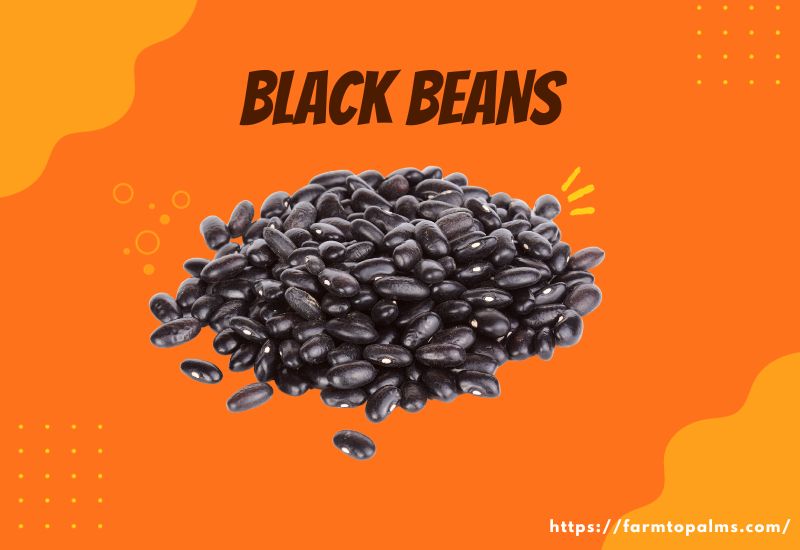
The black turtle bean is a small, shiny variety of the common bean, popular in Latin American and Cajun cuisines. It is also used in Indian and Maharashtrian cuisine.
Rich in iron and protein, it is often called the black bean. The name “turtle” comes from its hard outer shell. It has a dense, meaty texture, making it a favorite in vegetarian dishes.
It is used in various regional dishes across Latin America, soups, and desserts. The black turtle bean was widely grown in the US after the Mexican-American War.
It can be boiled to make a flavorful soup base or season other dishes. Black turtle beans contain anthocyanins in their dried seed coats.
Pinto Beans
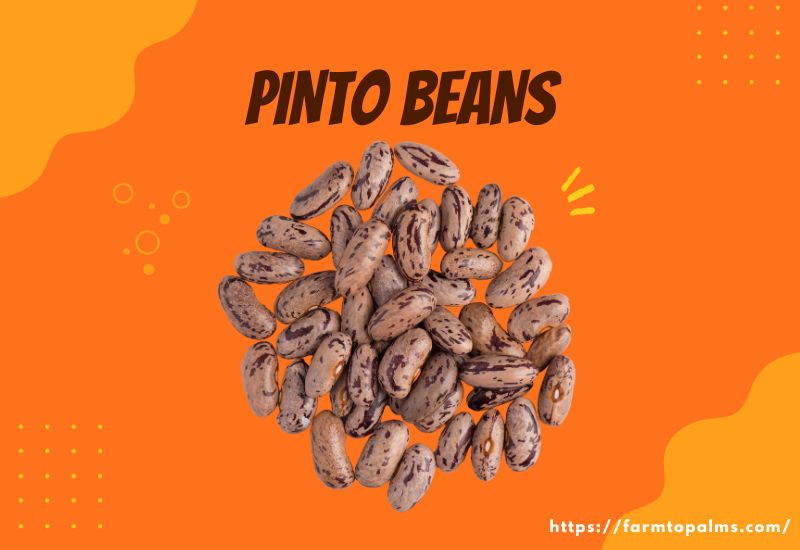
The pinto bean is widely grown in Northern Mexico and the Southwestern United States. It is commonly eaten whole or mashed and refried and is often used as a filling in Mexican cuisine and a side dish in New Mexican cuisine.
In South America, it is known as the Toronto frutilla; in Portuguese, it is called feijão carioca. The dried pinto bean is commonly used in refried beans and chili con carne dishes.
Pinto beans are also crucial in Brazilian, Spanish, and Mexican cuisines. In the Southern United States, they were once a staple food, especially during winter. Some rural organizations and churches still host “pinto bean suppers” for social gatherings and fundraisers.
Chickpeas

The chickpea, also known as gram or Bengal gram, is a legume that belongs to the family Fabaceae. It is a highly nutritious seed, rich in protein. Chickpeas have been cultivated for centuries, and ancient remains have been found in the Middle East.
Chickpeas are widely used in Mediterranean and Middle Eastern cuisines. They are vital in dishes like hummus and falafel, made by soaking and grinding the chickpeas with herbs and spices before frying.
In Indian cuisine, chickpeas are used in salads, soups, stews, curries, and other dishes like chana masala. In 2019, India was the largest producer of chickpeas, accounting for 70% of global production.
Great Northern beans
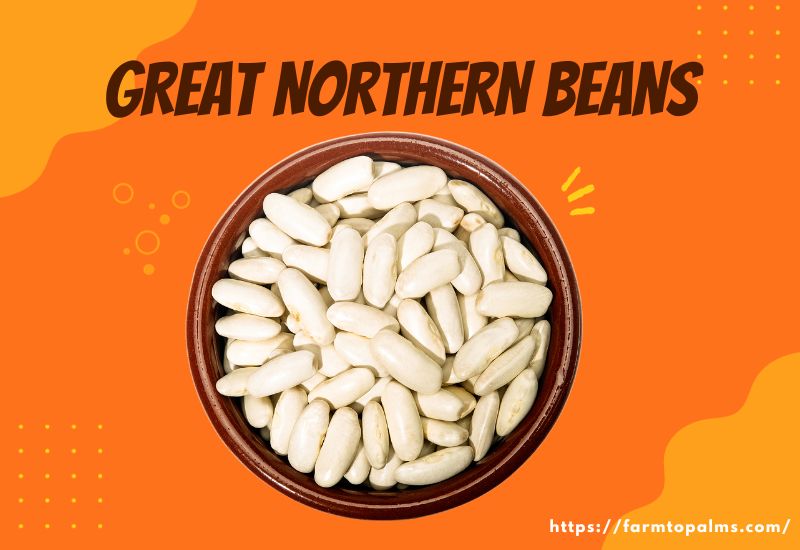
Great Northern beans, also known as Northern beans, are a variety of white beans. They are medium-sized, similar to chickpeas and cannellini beans, with a mild, almost nutty flavor. When cooked, they have a firm yet tender texture.
These beans are commonly used in soups and stews but are equally delicious when served alone or used as a topping for salads or vegetable sides.
Cannellini beans
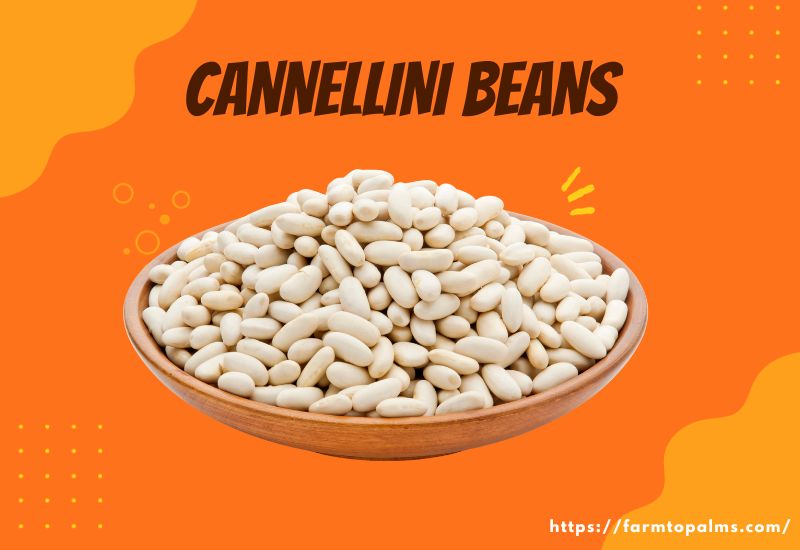
Cannellini beans, a type of white beans, are a rich source of protein, fiber, and essential vitamins and minerals.
Regularly including these beans in your diet can support digestive health, help regulate blood sugar and blood pressure levels, assist in weight management, and even contribute to the prevention of certain diseases.
While generally safe to consume, some individuals may be allergic to these beans, and overeating can lead to adverse effects. Incorporating cannellini beans into various meals enhances their nutritional value and adds texture and flavor to recipes.
Compared to other beans like pinto beans and chickpeas, cannellini beans offer unique dietary and health benefits that make them a valuable addition to your diet.
Kidney beans
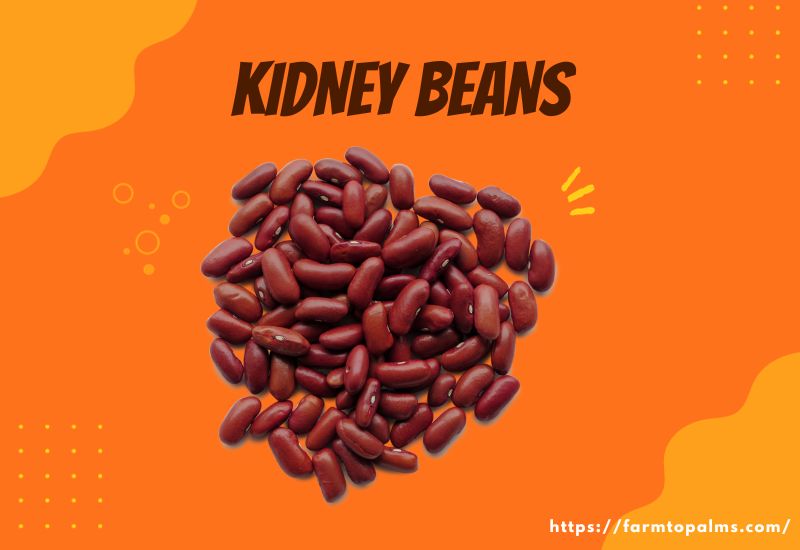
The kidney bean is a type of common bean that resembles a human kidney. It is boiled and has the following nutritional value per 100g:
- 127 kcal of energy
- 22.8 g of carbohydrates
- 0.3 g of sugars
- 7.4 g of dietary fiber
- 0.50 g of fat
- 8.7 g of protein
It contains various vitamins and minerals, including thiamine, riboflavin, niacin, pantothenic acid, vitamin B6, folate, vitamin C, vitamin E, vitamin K, calcium, copper, iron, magnesium, phosphorus, potassium, sodium, and zinc. Kidney beans are classified into different types:
- Red kidney bean
- Light-speckled kidney bean
- Red-speckled kidney bean
- White kidney bean
They are commonly used in chili con carne, rajma, red beans and rice, and bean paste.
Lentils
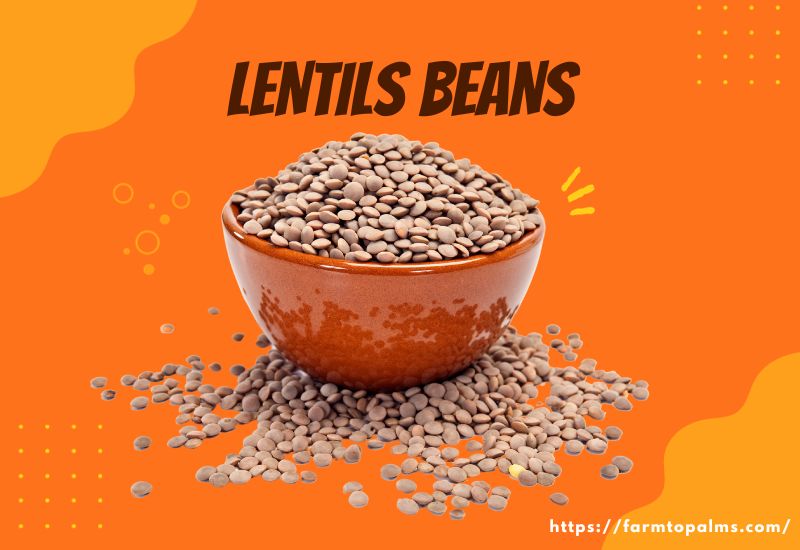
Lentils, scientifically known as Vicia lens or Lens culinaris, are legumes widely consumed worldwide. They are annual plants that grow to about 40 cm (16 in) in height, and their distinctive feature is their lens-shaped seeds. These seeds typically grow in pods, with two seeds in each pod.
Lentils are primarily cultivated for food purposes, and the largest producers of lentils globally are Canada and India. 2021, Canada accounted for 29% of the world’s total lentil production, while India contributed 27%.
These versatile legumes are used in various culinary traditions across the globe. In the cuisines of the Indian subcontinent, where lentils are a staple, split lentils (often with their hulls removed), known as dal, are commonly cooked into a thick curry. This dal is typically enjoyed with rice or rotis. Lentils are also frequently incorporated into stews and soups in many other cuisines.
Lima Beans

The lima bean, scientifically known as Phaseolus lunatus, is a legume widely cultivated for its edible seeds. Originally from Central America, the lima bean is primarily grown and consumed in the Americas.
It comes in various pod sizes, shapes, seed sizes, shapes, thicknesses, and colors and can be found in bush and climbing forms. The pods are wide, flat, and slightly curved.
One distinguishing characteristic of the lima bean is the fine ridges on its seed coat that radiate from the “eye.” Some well-known varieties of lima beans include butter beans and giant white beans.
Fava beans
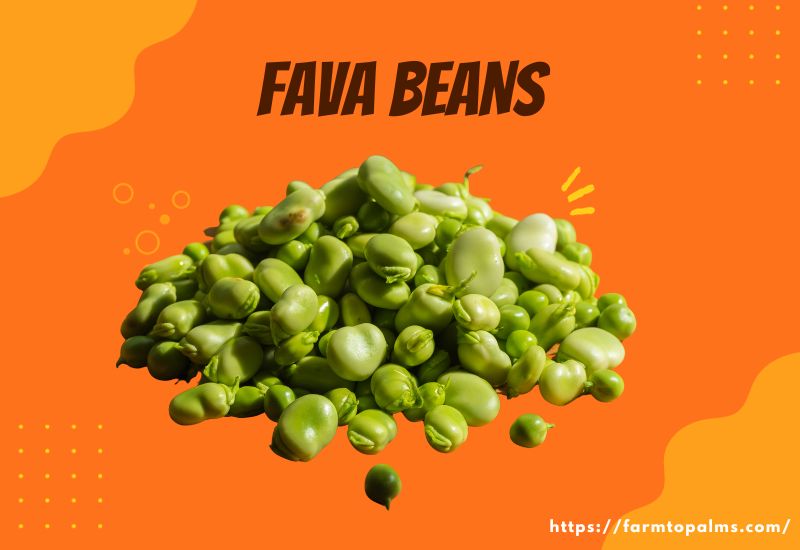
Fava beans are grown in large, bumpy green pods on a flowering pea plant that is easy to cultivate and harvested in the spring.
These pods contain sizable, flat, bright green beans with tough, translucent skin that is usually removed before consumption.
Preparing fava beans can be labor-intensive, which may have contributed to their slower popularity in America, a country abundant in bean options.
However, these beans are highly sought after by chefs and vegetable enthusiasts, making them pricier compared to your average fresh or dried bean.
Mung beans
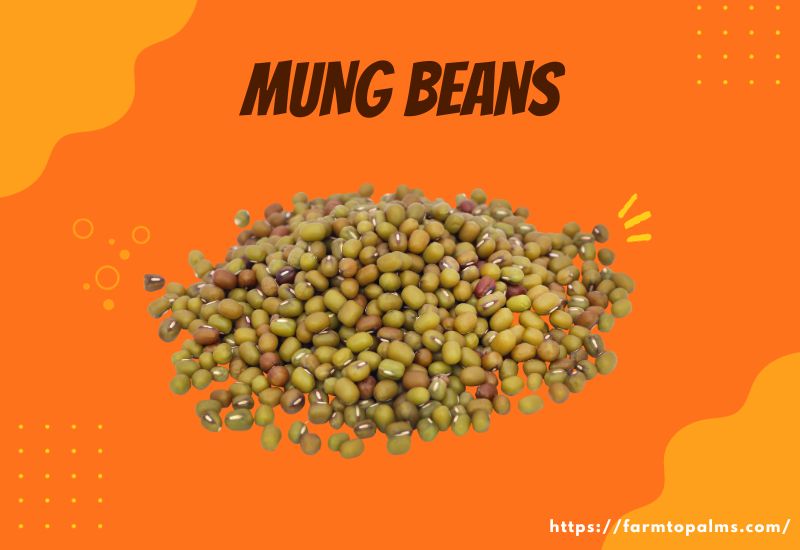
Mung beans, or Vigna radiata, are small green beans from the legume family. They have been cultivated since ancient times and are native to India.
These versatile beans are rich in protein, essential amino acids, antioxidants, and nutrients that can help reduce blood pressure, lower LDL cholesterol levels, and decrease the risk of heart disease.
While less prevalent in the US, mung beans can be found in most health food stores and are commonly used in salads, soups, and stir-fries.
They are also believed to have medicinal properties and have been used in Ayurvedic medicine for various ailments. Incorporating mung beans into your diet can provide both nutritional and health benefits.
Black-Eyed Peas
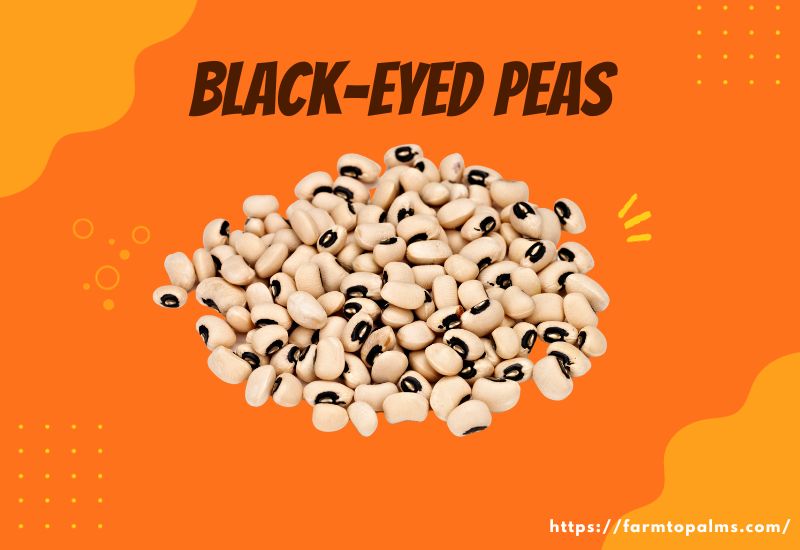
The black-eyed pea, also known as black-eyed bean, is a legume grown worldwide for its edible bean. It originated in Africa and is sometimes referred to as a cowpea.
The most common variety is the California Blackeye, which has a pale color and black spot. The American South has various sizes and eye colors, ranging from small lady peas to large ones in black, brown, red, pink, or green.
When shelled, they are green but turn brown when dried. Another popular type is the purple hull pea, green with a purple or pink spot.
The scientific name is Vigna unguiculata subsp. Unguiculata was previously classified in the Phaseolus genus. Similar beans like the frijol ojo de Cabra are sometimes mistaken for black-eyed peas.
Cranberry Beans
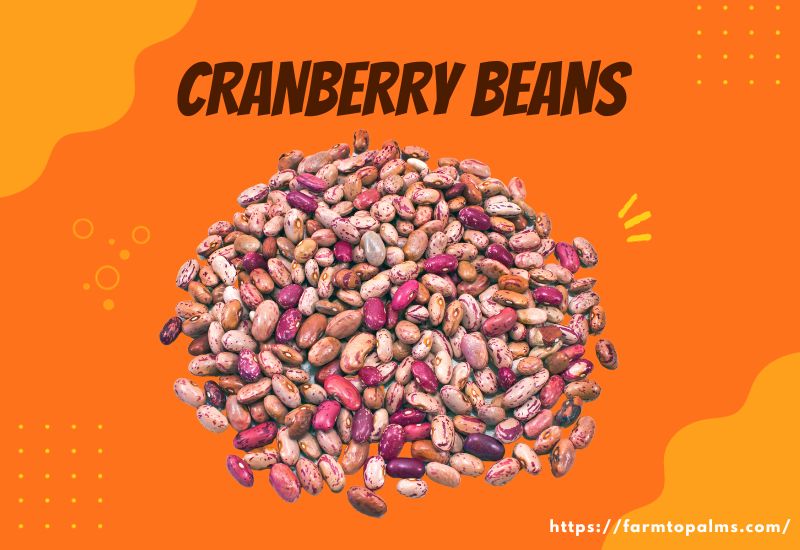
The borlotti bean, or cranberry or Roman bean, is common. It was first bred in Colombia and later named after Saluggia in northern Italy for marketing purposes.
The bean has a medium to large size and is tan or hazelnut-colored with red, magenta, or black streaks. It has a thicker skin than the cranberry bean and is commonly used in Italian, Portuguese, Turkish, and Greek cuisine.
Navy Beans
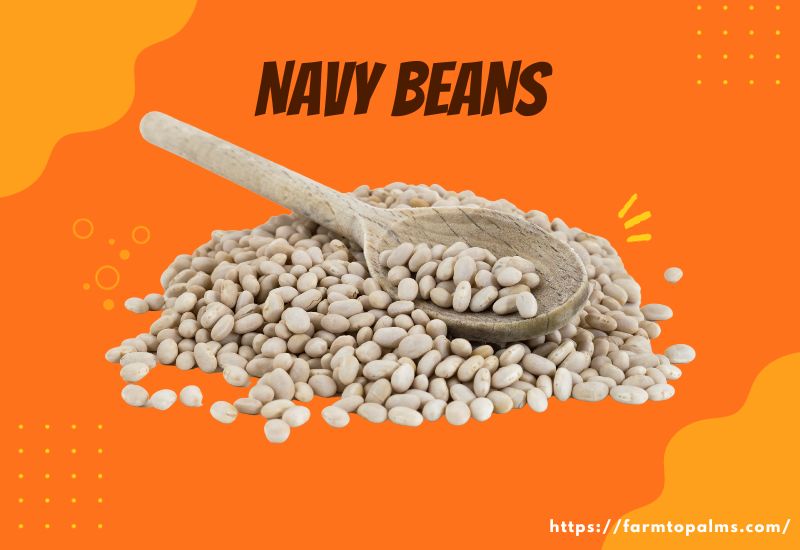
The navy bean, also known as haricot bean, pearl haricot bean, Boston bean, white pea bean, or pea bean, is a common bean (Phaseolus vulgaris) that originated in the Americas and was first cultivated there. It is a small, dry white bean with an oval, slightly flattened shape. It is commonly used in baked beans, soups like Senate bean soup, and pies.
The plants that produce navy beans can be either bush-type or vining-type, depending on the specific cultivar.
Red beans
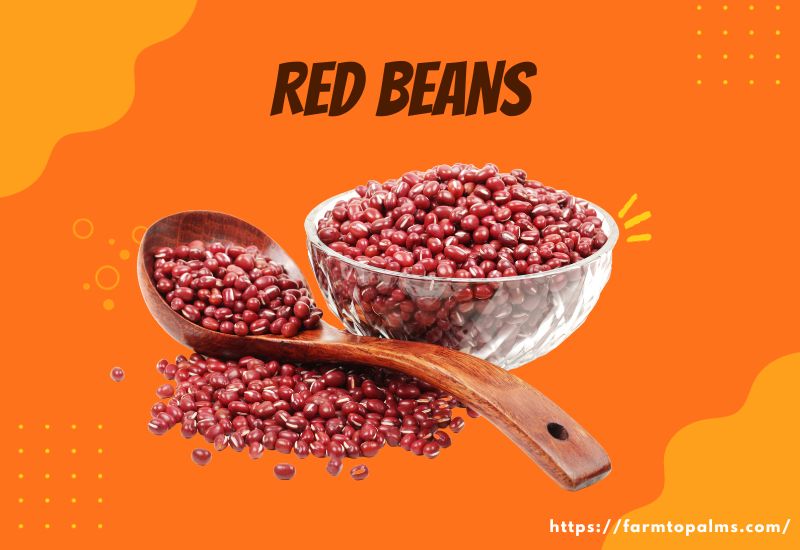
Red beans and rice is a traditional dish of Louisiana Creole cuisine. It is made with kidney beans, vegetables, spices, and pork bones, simmered in a pot and served over rice.
The dish originated from the influence of Haitian refugees who brought their culinary traditions to New Orleans. Red beans and rice are often served in homes, restaurants, and schools as a Monday special.
It has become a staple for large gatherings and is considered a part of New Orleans’ identity. Similar dishes can be found in Latin American and Indian cuisines.
Pink Beans

Pink Beans are a variety of legumes that are tan to pink in color. They are often called chili beans because of their frequent use in chili dishes.
These beans have a deliciously rich flavor and a slightly powdery texture, making them a great addition to various recipes.
They typically measure approximately 3/8 to 1/2 inch in length and have a rounded, somewhat kidney-shaped appearance.
Soybeans
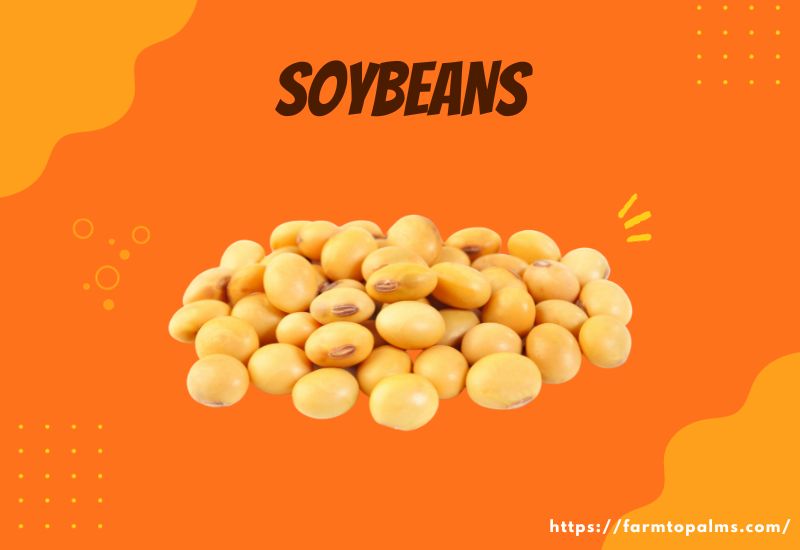
Soybeans are a versatile legume native to East Asia, widely grown for their edible beans. They are used to make various foods, including soy milk, tofu, soy sauce, and tempeh.
Soybean meal is a cheap source of protein for animal feed and packaged meals. Soybeans are also rich in phytic acid, minerals, and B vitamins.
Soy vegetable oil is derived from processing soybeans and has many uses. Overall, soybeans are a vital protein source for both humans and animals.
Fayot beans

Fayot beans, or flageolet beans, are elongated in shades ranging from creamy white to pale green. They originate from France and are widely used in French cuisine.
Fayot beans are commonly cooked with lamb in stews or included as a traditional ingredient in cassoulet, a rich and slow-cooked French stew.
These versatile beans can also be used in soups, salads, side dishes, or even pureed to create flavorful dips. With their mild and delicate flavor and tender and creamy texture, fat beans can be incorporated into many recipes that call for white beans.
Adzuki beans
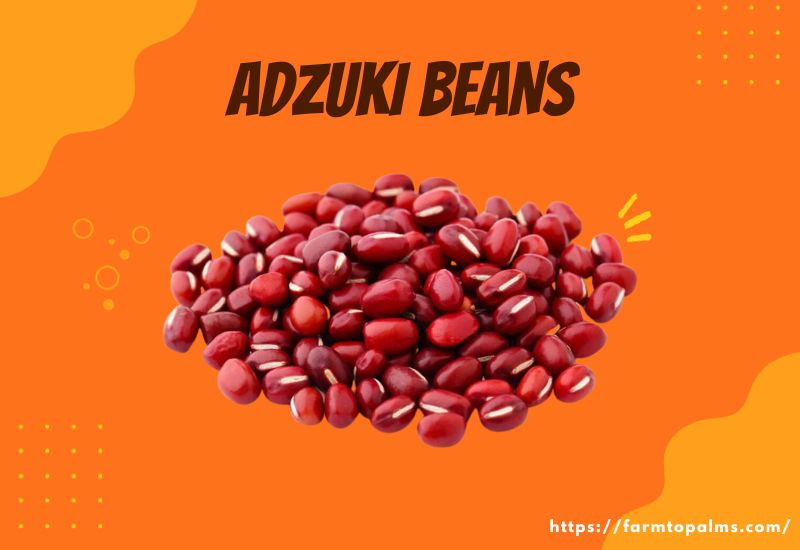
Adzuki beans, scientifically known as Vigna angularis, are the edible seeds of the adzuki plant. Belonging to the legume family (Fabaceae), these beans are native to East Asia and have likely been independently cultivated in Korea, Japan, and China. Adzuki beans are highly valued for their starch and protein content, making them a staple ingredient in East Asian cuisine. They are widely used in a diverse range of both sweet and savory dishes.
How to Store Beans: 4 Tips for Storing Beans
2 Ways to Store Opened Canned Beans
To store opened canned beans, try these methods:
- Refrigerator: Put the opened beans in an airtight container and store them in the fridge. They will last for three to four days.
- Freezer: Place the opened beans in a freezer bag or airtight container and store them in the freezer. They will last for one to two months.
How to Store Dried Beans
To safely store dried beans:
- Cool, dark, dry place: Keep the dried beans in a cool, dark, dry place for long-term storage. Avoid oxygen, light, heat, and humidity.
- Freezer: Store the dried beans in a freezer bag or airtight container in the freezer. This will kill any insects and keep the beans indefinitely.
4 Tips for Storing Dried Beans
Follow these tips for short- and long-term storage of dried beans:
- Keep the original packaging if using the beans within a month.
- Use an airtight container for more extended storage. Put the beans in a mylar bag or glass jar and store them in a cool, dark, dry place. They will last for three years.
- Vacuum seal the beans for extended storage. Vacuum-sealed beans can last five years or more.
- Add oxygen absorbers to the container. Place oxygen absorbers in storage bags or airtight containers to remove oxygen and prevent bugs. This will ensure the beans last for more than five years.
Conclusion
Discover the wonderful world of beans at Farm to Palms! You’ll find the perfect beans for your favorite recipes with a wide variety of beans, from black beans to chickpeas and everything in between. Whether you’re looking for a hearty soup, a flavorful salad, or a delicious dip, we have the beans you need. Visit our store today or download our app to explore our selection and place your order online. Enjoy the goodness of beans in every meal with Farm to Palms!
